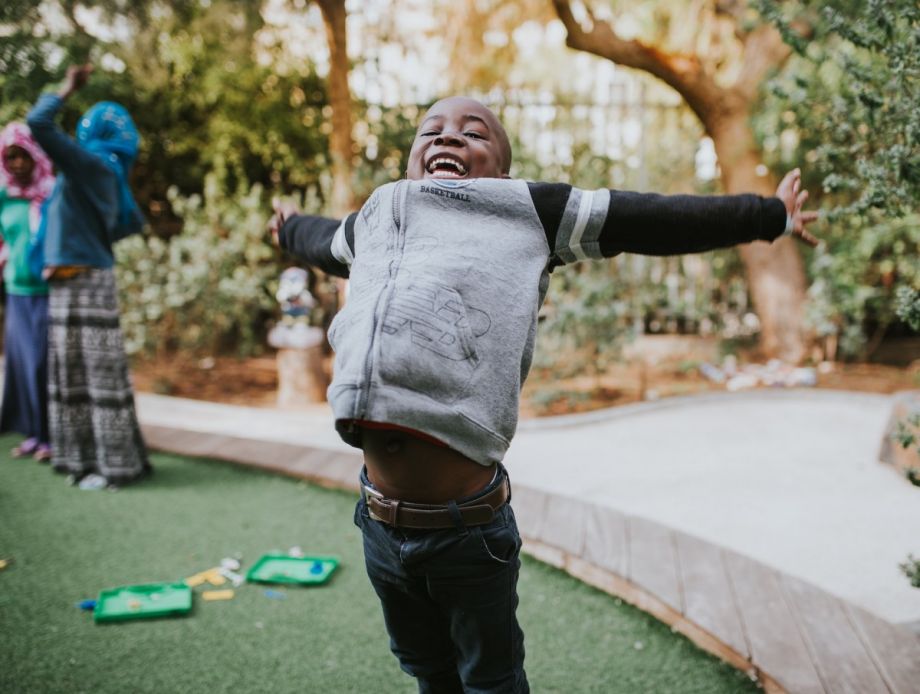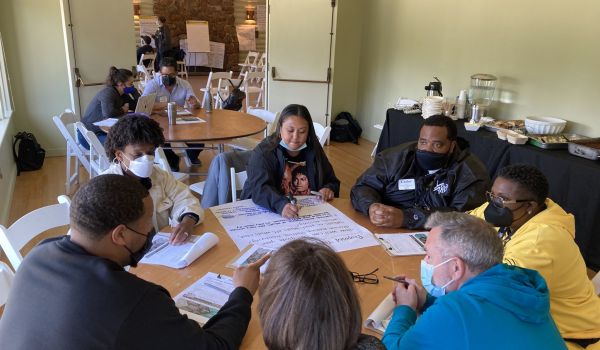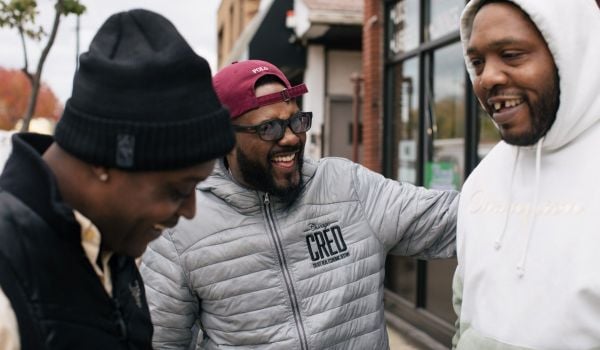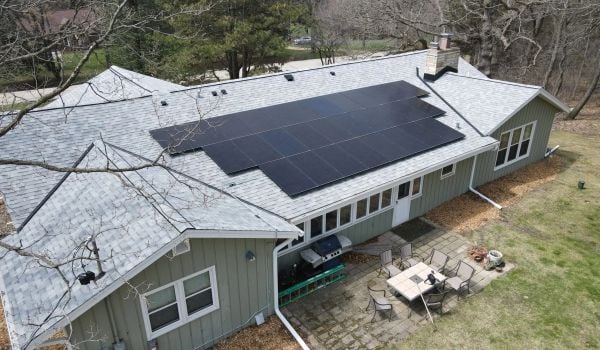Tucked inside the recently passed bipartisan gun control law is the largest expansion of Medicaid since the Affordable Care Act and the single largest investment in mental health in our nation’s history. President Joe Biden’s Safer America Plan also calls for significant funding into mental health and substance treatment, alongside substantial new funding for the police. It’s a coupling of safety strategies that some have called “mixed messaging.”
The recent attention paid to investing in mental health as an antidote to violence is important and long overdue. But mental health is just one dimension of public health. To truly tackle gun violence, lawmakers should follow the evidence on what keeps communities safe and advance a broader set of investments in public health that fully address the social determinants of safety. In a new Brookings report, we describe those social determinants and document how local leaders are using that knowledge to make their communities safer.
A well-known concept in public health, “social determinants” are the physical and social conditions that shape the places where we live, learn, work and play—and thus, our ability to live a long and healthy life.
What’s less widely acknowledged is that social determinants also shape the safety of our communities. This becomes clearer when looking at patterns of gun violence in cities and towns, in which gun homicides are spatially concentrated in a small set of streets within a small set of disinvested neighborhoods that have high rates of poverty, pollution and racial segregation. A large body of evidence shows that addressing social determinants of safety at the hyperlocal (or community) level is vital to reducing this violence.
These efforts can include increasing the quality of housing, adding greenery, improving air quality, employing at-risk youth, revitalizing vacant lots and many other examples.
When lawmakers focus only on mental health and ignore the broader array of place-based social determinants, they are left reacting to trauma and mental illness rather than proactively addressing the conditions that can prevent trauma and promote both individual and community well-being.
Biden’s Safer America Plan acknowledges the importance of place-based social determinants of safety interventions, allocating $5 billion into community violence intervention programs. But this pales in comparison to the funding provided to mental health crisis response ($15 billion) and the police ($13 billion). It’s a missed opportunity to prioritize forward-looking, life-affirming investments that keep communities safe.
Fortunately, as we document in our new report, state and localities are filling the gap by allocating American Rescue Plan dollars to interventions targeting the social determinants of safety. Wisconsin, for example, allocated $25 million to the Medical College of Wisconsin’s Violence Prevention Project and Milwaukee’s Office of Violence Prevention to disrupt cycles of gun violence by addressing trauma and offering wraparound supports.
Many of these safety initiatives operate through traditional public health infrastructure (such as the Medical College of Wisconsin effort), but others are paradigm shifts in the ways states and localities think about public safety and health. “Education is violence prevention, workforce development is violence prevention,” Jessica Meyers, director for the St. Louis Area Violence Prevention Commission, told us. “All of these things that are not traditional police, courts, and corrections, are violence prevention.”
Following this logic, other safety initiatives extend beyond hospitals and clinics and into the realm of economic and community development. As part of its American Rescue Plan allocations for violence prevention, Multnomah County, Oregon, is investing $4.8 million in direct assistance to help pay for residents’ pressing financial needs, including food, child care, transportation and living expenses. These investments are based on the understanding that shoring up the social safety net is an anti-violence strategy.
As Raffaele Timarchi, policy advisor to the Multnomah County chair, told us: “[Adopting a public health approach] doesn’t mean that all of our investments have to be in a public health department.” Instead, the goal should be to “spread the tools of public health into these other departments, including people working at the community level.”
The infusion of American Rescue Plan funds to state and local governments is a one-time event, but investing in the social determinants of safety must be ongoing. That means that state and local leaders need to get serious about prioritizing investments, including as routine line items in fiscal budgets. In addition, state and local leaders should seek to create long-term funding pools by braiding or blending funding streams that combine American Rescue Plan dollars with private funding, funding from surrounding regional jurisdictions, or major new federal investments like those in the Infrastructure Investment and Jobs Act.
Ultimately, the empirical literature is clear: Addressing social determinants reduces crime and improves public health. By choosing to invest in what works, lawmakers can usher in profound benefits that go far beyond the shots we don’t hear—children safely playing in parks, the jobless finding employment, the sick accessing treatment, the enterprising launching new businesses, the neighbor feeling empowered to host neighborhood block parties. Together, local communities can create the conditions necessary for long-lasting individual and collective flourishing.
Anthony Barr is a senior research assistant at Brookings Metro, where he works on the Valuing Black Assets Initiative (VBAI) team.
Hanna Love is a research associate at Brookings Metro, where she works with the Bass Center for Transformative Placemaking.

Andre Perry is a senior fellow at Brookings Metro, where he leads the Valuing Black Assets Initiative (VBAI) team. A Next City board member, his research focuses on race and structural inequality, community engagement, education, economic inclusion and workforce development.
















